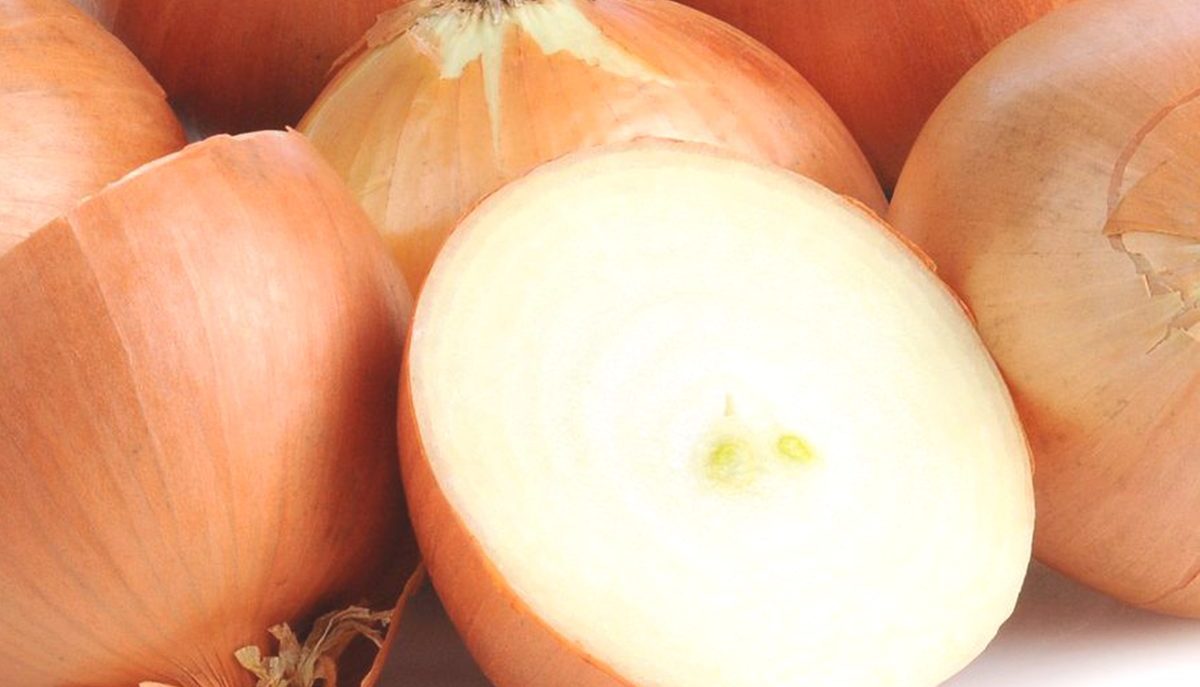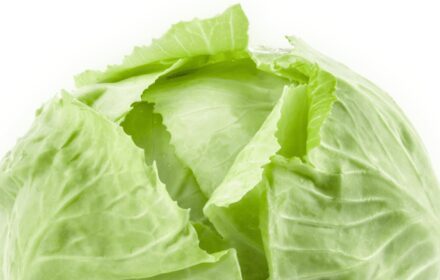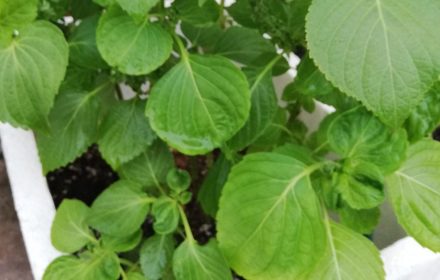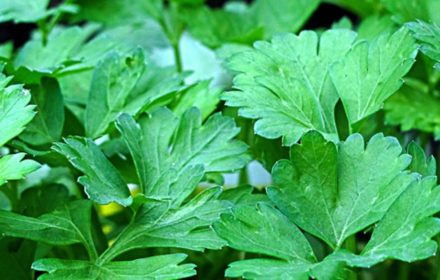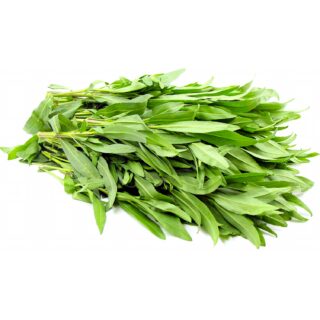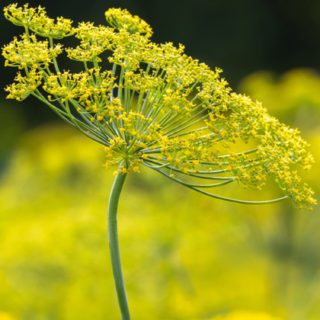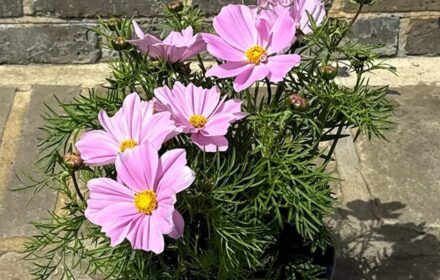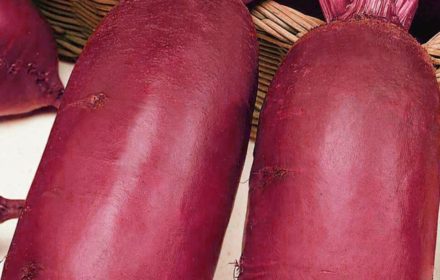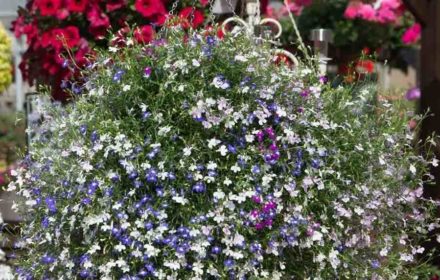How to Sow Giant Sweet Brown Onion Seeds in the UK
Giant Sweet Brown Onion is a main crop variety cherished by UK gardeners for its golden brown skin, crisp white flesh, and sweet, mild flavour. This versatile onion grows well in gardens and allotments, adding depth to countless culinary dishes. By growing from seeds rather than sets, you can achieve superior flavour and texture, making this crop both rewarding and reliable.
When to Sow Giant Sweet Brown Onion Seeds
- Indoor Sowing: January to early April for transplanting outdoors later in the season.
- Outdoor Sowing: Late March to early May, once the soil has warmed and the risk of frost has passed.
Step-by-Step Guide to Sowing Giant Sweet Brown Onion Seeds
Preparing the Soil
- Choose a sunny location with well-drained soil and a pH of 6.0–6.8.
- Clear the area of weeds, stones, and debris, and loosen the soil to a depth of 15–20 cm (6–8 inches).
- Enrich the soil with well-rotted manure or compost a few weeks before planting to improve fertility.
Indoor Sowing
- Fill Containers: Use seed trays or small pots filled with fine seed compost.
- Sow the Seeds: Sow seeds thinly at a depth of 6 mm (1/4 inch) and cover lightly with compost or vermiculite.
- Warm Environment: Place trays in a warm, bright location with a temperature of at least 20°C.
- Watering: Water gently to keep the compost moist but avoid waterlogging.
- Germination: Expect germination within 7–10 days under ideal conditions.
Outdoor Sowing
- Soil Preparation: Ensure the soil is warm and workable before sowing.
- Create Drills: Make shallow drills 6 mm (1/4 inch) deep, spaced 30–45 cm (12–18 inches) apart.
- Sowing: Sow seeds thinly along the drills and cover lightly with soil.
- Watering: Water the rows gently to help seeds settle.
Caring for Giant Sweet Brown Onion Plants
- Thinning and Transplanting: Thin indoor seedlings when they reach 10 cm (4 inches) tall, leaving 2.5 cm (1 inch) between plants. Transplant seedlings outdoors after 8–10 weeks, spacing plants 10 cm (4 inches) apart in rows 30–45 cm (12–18 inches) apart.
- Watering: Keep the soil evenly moist but avoid overwatering, as onions are prone to rot in soggy conditions.
- Fertilising: Apply a balanced fertiliser every 3–4 weeks to promote strong leaf growth and healthy bulb formation.
- Weeding and Mulching: Remove weeds regularly to minimise competition for nutrients and water. Apply a thin layer of mulch to retain moisture and suppress weeds.
- Pest and Disease Management: Monitor for onion flies, aphids, and slugs. Use organic deterrents like copper tape, neem oil, or diatomaceous earth if necessary. Ensure good airflow to prevent fungal issues like downy mildew.
Harvesting and Storing Giant Sweet Brown Onions
- Harvesting: Onions are ready to harvest approximately 110–120 days after sowing or when the tops yellow and fall over naturally. Gently lift bulbs with a fork, being careful not to damage them.
- Curing: Lay onions in a warm, dry, and well-ventilated area for 10–14 days to cure the outer skins and extend their shelf life.
- Storing: Store cured onions in a cool, dry place with good ventilation, where they can last for several months without spoiling.
Common Questions About Growing Giant Sweet Brown Onions in the UK
- Can I grow Giant Sweet Brown Onions in containers? Yes, they grow well in containers with a depth of at least 20 cm (8 inches). Ensure good drainage and follow the same sowing and spacing guidelines as outdoor planting.
- Do onions need full sun? Yes, onions require at least 6 hours of direct sunlight daily to ensure proper bulb formation and growth.
- How do I improve germination rates? Maintain a consistent temperature of around 20°C and keep the soil moist but not waterlogged. Soaking the seeds in warm water for 12 hours before sowing can also enhance germination.
- How do I prevent bolting in onions? Plant onions at the right time to avoid extreme temperature fluctuations. Bolting is often triggered by stress, so keep the soil consistently moist and avoid disturbing the roots.
- When should I harvest onions for storage? Wait until the foliage turns yellow and falls over naturally. Curing the onions properly before storage is essential to prevent rot.
Giant Sweet Brown Onions are an easy-to-grow crop that thrives in the UK’s climate. By following these simple steps, you can enjoy a bumper harvest of sweet, flavourful onions for cooking, salads, and long-term storage.

